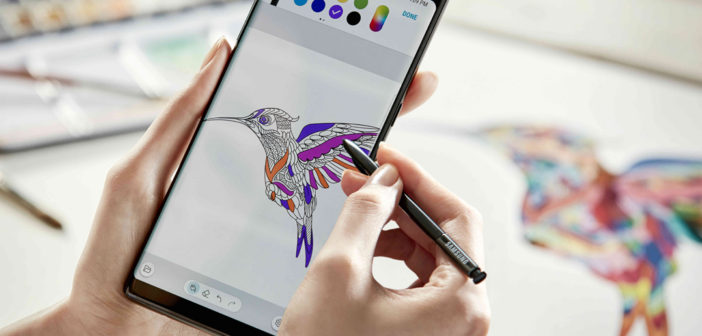Down 6.3% in first quarter 2018, with Samsung still on top but down 15% year on year in the quarter
Smartphone fatigue hit Europe in the first quarter 2018, as shipments fell 6.3% year on year, the biggest ever drop in a single quarter. Western Europe bore the brunt, down 13.9% with 30.1 million units shipped. Central and Eastern Europe, though a smaller market, remained a growth region, up 12.3% at 15.9 million units, driven by a buoyant Russia.
“This is a new era for smartphones in Europe,” said Ben Stanton, analyst at Canalys, provider of the figures. “The few remaining growth markets are not enough to offset the saturated ones. We are moving from a growth era to a cyclical era. This presents a brand-new challenge to the incumbents, and we expect several smaller brands to leave the market in the coming years.”
Adapting to new market dynamics, the top three vendors all had starkly different results. Samsung remained on top, shipping over 15 million smartphones, but slipped 15% compared with last year as Huawei and Xiaomi put pressure on its low end and mid-range models. But the high price of the Galaxy S9, as well as its earlier launch in the calendar year than the Galaxy S8, prompted a drastic rise in its ASP over the previous year, and helped Samsung boost its shipment value by over 20%.
Apple outperformed the market and shipped over 10 million units, but this still represented a 5.4% decline. As a percentage of models shipped, the iPhone X declined slightly from the fourth quarter, to around 25%, but it remained comfortably the best-shipping smartphone in the region. Apple’s larger portfolio strategy will become more important as the year progresses, with over 25% of its fist quarter shipments the iPhone SE, 6 and 6S, models that are over two years old. This wider spread of shipments did, however, offset the value growth driven by the pricier iPhone X.
Huawei bucked the trend, growing 38.6% and shipping 7.4 million units. It shipped over one million of its new P Smart in its first full quarter. But the delay to its flagship P20, versus last year’s P10, meant that very few of its Q1 shipments were premium models. Despite its large volume growth, it only managed to boost its shipment value by 1.7% over the previous year. But it will be confident of a rise in ASP as the P20 truly comes into play in the second quarter.
Samsung, Apple and Huawei have grown their collective share of Europe from 61.0% in the first quarter 2014 to 71.4% in the same period 2018. Smaller brands, such as Alcatel, Sony and LG, suffered substantial declines this quarter.
“It is not all gloom for the smaller players,” said Lucio Chen, research analyst at Canalys. “Xiaomi and Nokia, under HMD Global, are both relatively new entrants to the European market, but have stormed to fourth and fifth place. Xiaomi is working closely with distributors, such as Ingram Micro and ABC Data, to drive products into retail stores. HMD has taken a different approach, using its operator relationships on the feature phone side to get its new smartphones ranged across Europe.
“But both Xiaomi and HMD Global have the benefit of being privately owned,” continued Chen. “As Xiaomi has shown, private companies have an incentive to operate at a substantial net loss to drive smartphone shipments, boosting market capitalisation before IPO. But this is not sustainable in the long term, and both Xiaomi and HMD Global will eventually have to shift their revenue and cost structures, as the top three have now done, toward profitability.”
Flagship smartphone features have been increasingly commoditised by budget brands, which are bringing these specifications to the mid-market. The likes of Honor, Wiko and Xiaomi have been instrumental in driving growth in specifications such as dual and triple cameras, which grew over 150% on the previous year. Smartphone screens also continued to increase in size, with shipments of smartphones with screens larger than 5.5″ growing over 50%. The commoditization of 18:9 aspect ratio screens has been a catalyst for this growth.
“Dual-SIM is also a growing specification trend in Europe,” said Vincent Thielke, Canalys research analyst. “It has taken longer to take hold than elsewhere in the world, because operators are paranoid about ranging dual-SIM phones, as it opens up the opportunity for competitors to sell lines into their installed base. But due to the growth of dual-SIM through retail channels, especially through brands such as Huawei and Wiko, operators are being forced to re-evaluate their portfolios and consider dual-SIM. Vendors are reacting too, and Samsung has made an explicit push to bring dual-SIM to more of its devices in more of its channels in 2018.”





